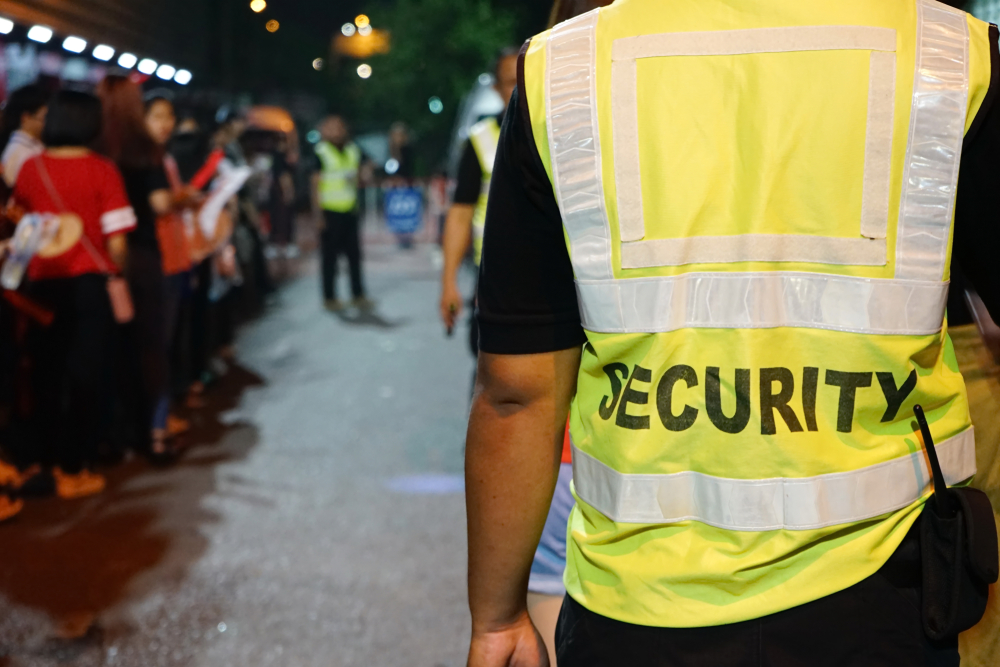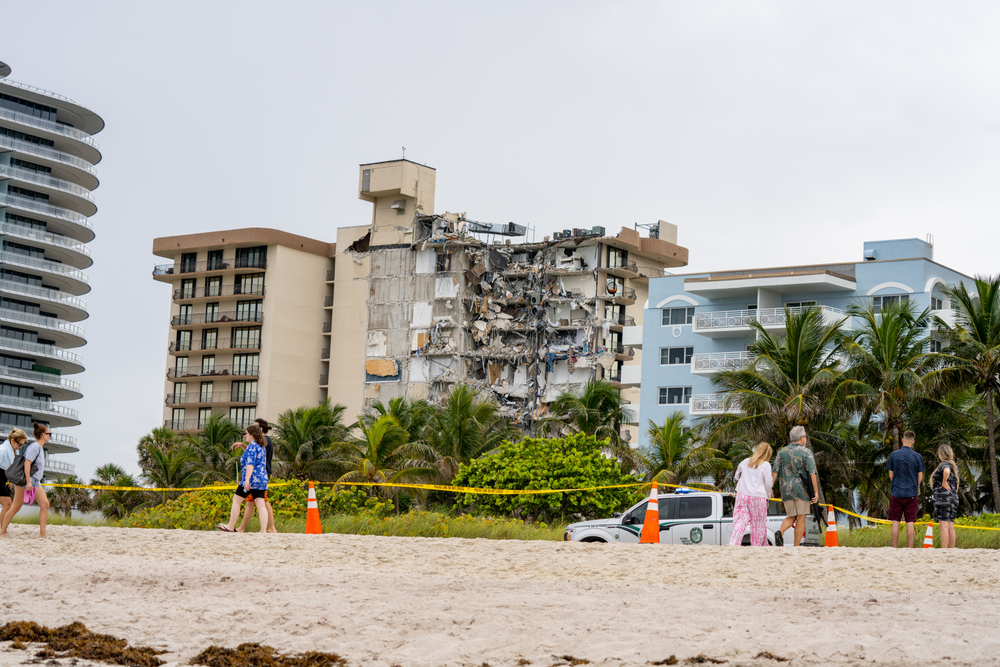Judicial turnover leaves immigration courts shorthanded
With a record number of immigration judges leaving the bench and funding for the U.S. Citizenship and Immigration Services up in the air, a larger backlog of cases is expected and some fear less experienced judges won’t give immigrants the consideration they need.

A judge-by-judge database created by Syracuse University’s Transactional Records Access Clearinghouse, or TRAC, said judge turnover is the highest since records began being kept in 1997.
The results are based on detailed records obtained by the TRAC program under the Freedom of Information Act from the Executive Office for Immigration Review, the administrator for the courts.
At the same time, the immigration service is preparing to furlough as many as 13,000 employees. Notices were sent out recently to employees telling them they could be furloughed for up to 90 days without pay beginning in August.
“During (fiscal year) 2019 a record number of 35 judges left the bench,” TRAC reports. “This is up from … 2017 when 20 judges left the bench, and 27 judges left in 2018. With elevated hiring plus the record number of judges leaving the bench, more cases are being heard by judges with quite limited experience as immigration judges.”
Half of the immigration judges serving today were appointed during the last two and a half years and 64% were appointed since 2017. One of every three judges, or 32%, have been on the immigration bench only since 2019.
As the judges leave, the backlog of cases is steadily increasing and according to TRAC, it is almost three times what it was when President Donald Trump took office.
It also means the more experienced judges are not around to mentor new immigration judges who have little experience in this complicated role. Without adequate mentoring, the TRAC report states, “there is a heightened risk that some immigrants’ cases could be decided incorrectly.”
RELATED: Study: State courts overrun by debt collectors
RELATED: Trump Administration’s reversal on international students brings relief to many
Those remaining on the bench will each have a bigger workload and wait times for hearings will be longer.
Cristina Velez, senior staff attorney for the National Immigration Project of the National Lawyers Guild said it is unfortunate the immigration bench is losing people with so much institutional knowledge about the system and the laws that apply to people coming before the court with no attorney, known as pro se respondents.
In the best situations, immigrant judges help walk those immigrants through the system, outlining for them their rights and explaining the law, she said.
“They don’t have lawyers to represent them before immigration judges and I think that losing a really well-educated bench will impact them in a way that is more detrimental. It is a negative impact on immigrants, specifically.”
Also, Velez said, as the Trump Administration has moved forward with ideological tests for hiring judges, it creates a scenario in which the new immigration judges may come from a non-immigration law background or background that is more hostile to relief. Those judges “are potentially coming with a bias.”
As of June, the immigration court’s active backlog had risen to 1.2 million, up from 542,411 when Trump took office. That does not count a new category of “inactive” pending cases the Trump Administration created, TRAC reports.
Part of the issue may be the way Trump is ordering the courts to perform, according to a recent article in the Los Angeles Times.
The Times spoke to one judge who retired because he did not feel like he could give adequate consideration to each case under a Trump quota system.
“Dozens of other judges concerned about their independence have done the same, according to the union that represents them and interviews with several who left,” the Times reported.
“We’ve seen stuff which is unprecedented — people leaving the bench soon after they were appointed,” A. Ashley Tabaddor, an immigration judge in Los Angeles and president of the National Association of Immigration Judges union told the newspaper. “Judges are going to other federal agencies and retiring as soon as possible. They just don’t want to deal with it. It’s become unbearable.”
The Trump Administration created a quota system in 2018 that requires each judge to close 700 cases a year. The cases are monitored with a dashboard display installed on judges’ computers.
“The quota system requires resolution of cases before they can be fully examined, perhaps,” Velez said. “I think it’s hard for all the judges working in the system to comply with the quota requirements.”
The quotas are difficult for all the judges, she said.
“We’ve speculated and believe it has caused the denial of continuances during the COVID-19 crisis and causes cases to go forward where witnesses are not available and an attorney may not have been able to meet with their clients’’ she said. “The quotas are putting pressure on judges to move cases forward without adequate due process protection.”
The advocacy community wants to see good judges remain on the bench and protect the due process rights of their clients, Velez said, “but we also understand the pressures on them.”
Tabaddor referred to the quota system as “a factory model” meant to force judges to push cases through.
The American Bar Association is working to remove immigration court from the umbrella of the Department of Justice.
ABA President Judy Perry Martinez testified before Congress in January about the need for independent immigration courts. The ABA supports removing the immigration courts from the Department of Justice and creating a fully independent immigration court system.
“The core principle of any fair adjudication system must be that independent and impartial judges decide cases on the merits, evaluating the facts and the law in each case, after a hearing that fully comports with due process,” she said. “The current immigration court system fails to meet those goals in many respects”
One distinctive hallmark of the U.S. democracy is its insistence on an independent judiciary, Martinez said. “All those present in our country are entitled to fair and impartial consideration in legal proceedings where important rights and privileges are at stake. Yet, the immigration court system lacks the basic structural and procedural safeguards that we take for granted in other areas of our justice system.”
Furloughs scheduled to begin in August
In addition to the mass judge exodus, the citizenship and immigration service, a fee-funded agency, has struggled since the pandemic, closing offices and putting services on hold. Because it is fee-based, it is strained financially, which has led to the plan to furlough more than half of its employees unless Congress provides additional funds. The agency is asking for $1.2 billion.
“Notices went out to staff this week who can potentially be furloughed, about 13,400 people of roughly 20,000,” CNN reported July 3. “If you were to take a straight two-third cut, that’s going to slow everything to a crawl,” Ur Jaddou, director of DHS Watch and former USCIS chief counsel said.
For the American Federation of Government Employees, the furloughs could mean the entire system could fail, said Michael Knowles, president of the union. “The damage would be long-lasting,” he told CNN.
In the letter to employees, the agency said “”I regret to inform you that U.S. Citizenship and Immigration Services (USCIS) will furlough you for more than 30 continuous calendar days, in a non-duty and non-pay status, for fewer than 90 days, beginning August 3, 2020.”
The agency said the extended furlough is due to a “shortage of funds,” adding that its efforts to shrink its budget were “not enough at this time” to prevent the furloughs.

















